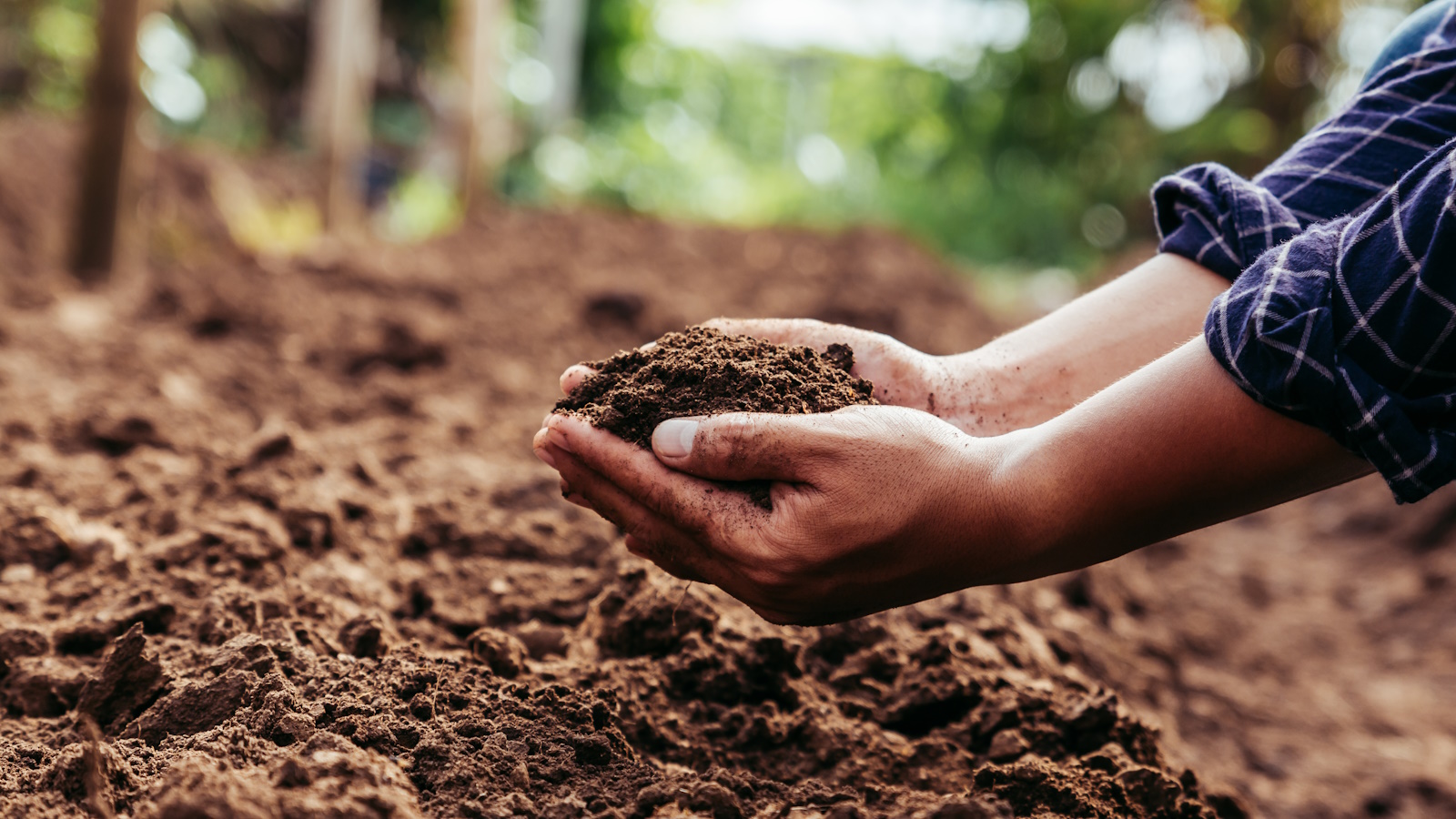
Composting is a great way to be more sustainable, help the planet and cut down on waste. It is also an eco-friendly way of feeding your garden with the nutrients it needs to stay looking good and supporting local ecosystems.
If you've already used our guide on composting to make your own cold compost, or you simply want to create more of your own compost faster this year, it could be time to switch up your methods.
Hot composting usually does require a specialist bin and some active management, however once you know how the process works, we think you might just be converted.
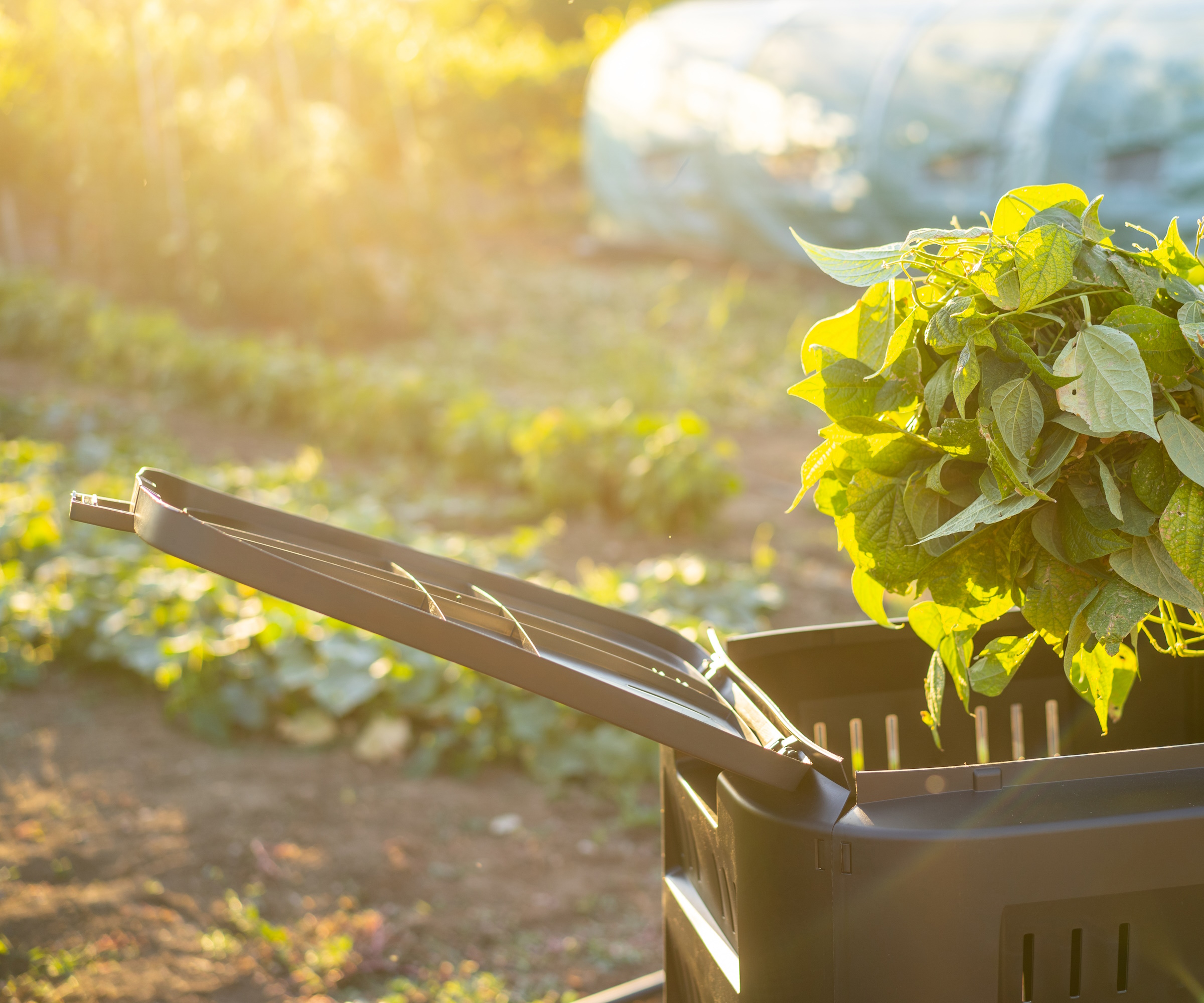
A guide to hot composting
As the name suggests, hot composting is all about the temperature.
Cold composting is the more commonly used method, which you might be more familiar with. This involves slowly adding organic matter to a compost heap and leaving it to break down in its own time.
Hot composting refers to a method that produces compost in a shorter period of time stimulated by warm temperatures in the heap.
What are the benefits of hot composting?
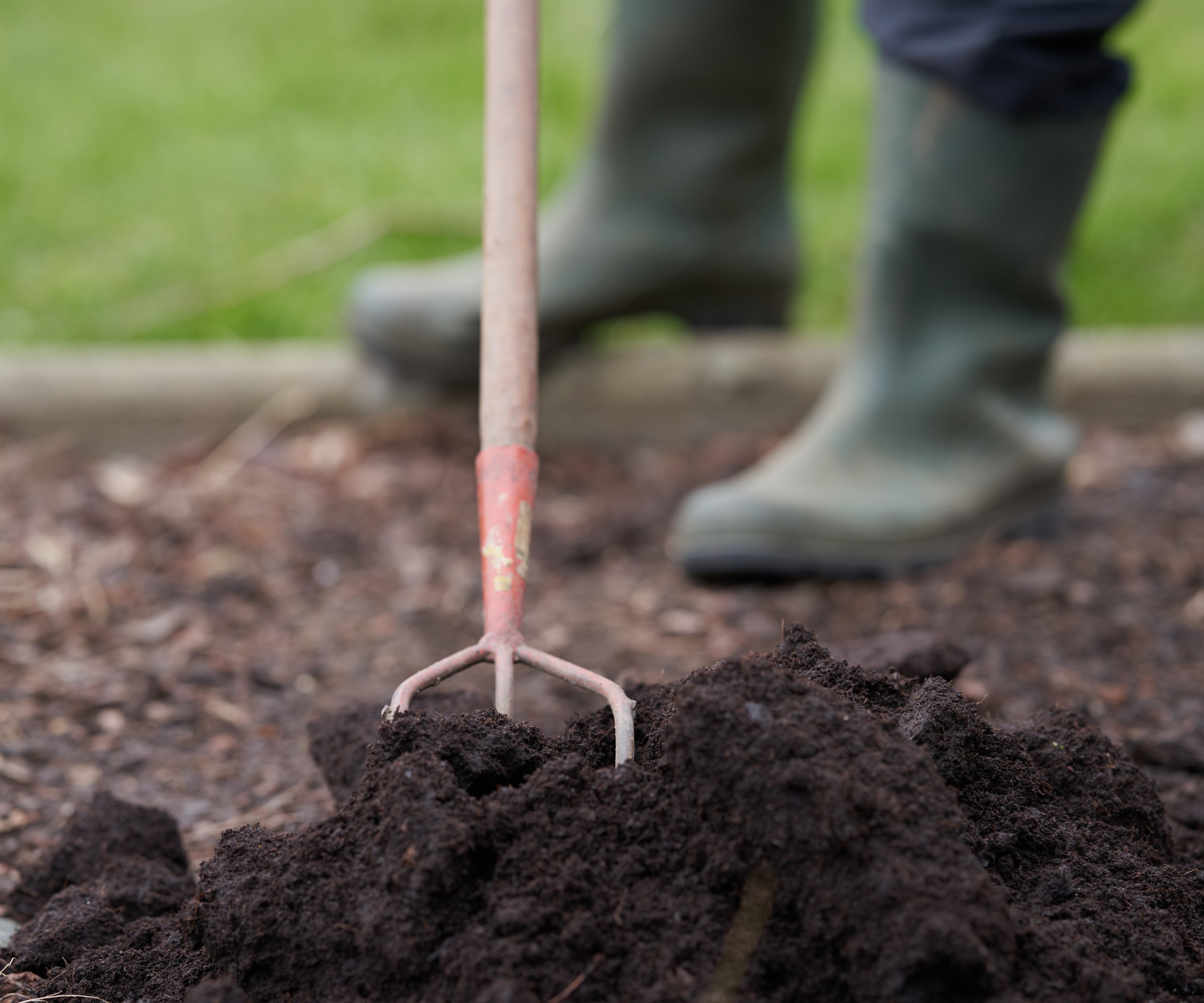
While cold composting is the easier method, many gardeners say hot composting produces better results.
Stacy Savage, Founder & CEO of Zero Waste Strategies, explains that hot composting creates an active environment where green kitchen scraps and brown yard waste are mixed in balanced proportions.
'Thermophilic bacteria thrive in this mixture, generating enough heat (between 130°F and 160°F) to rapidly break down the organic material. Typically, hot composting can produce rich, nutrient-dense compost in just 18 to 30 days, significantly faster than cold composting methods,' she says.
Stacey adds that the benefits of hot composting extend beyond speedy decomposition. 'The high temperatures not only ensure quicker waste transformation but also sanitize the compost by killing pathogens and weed seeds, making it excellent for garden use,' she explains. 'It's a powerful way to enhance soil health, improve water retention, and nourish plants. Moreover, by composting at home, you significantly reduce methane emissions from landfills, contributing to a healthier planet.'
What can you use to make hot compost?
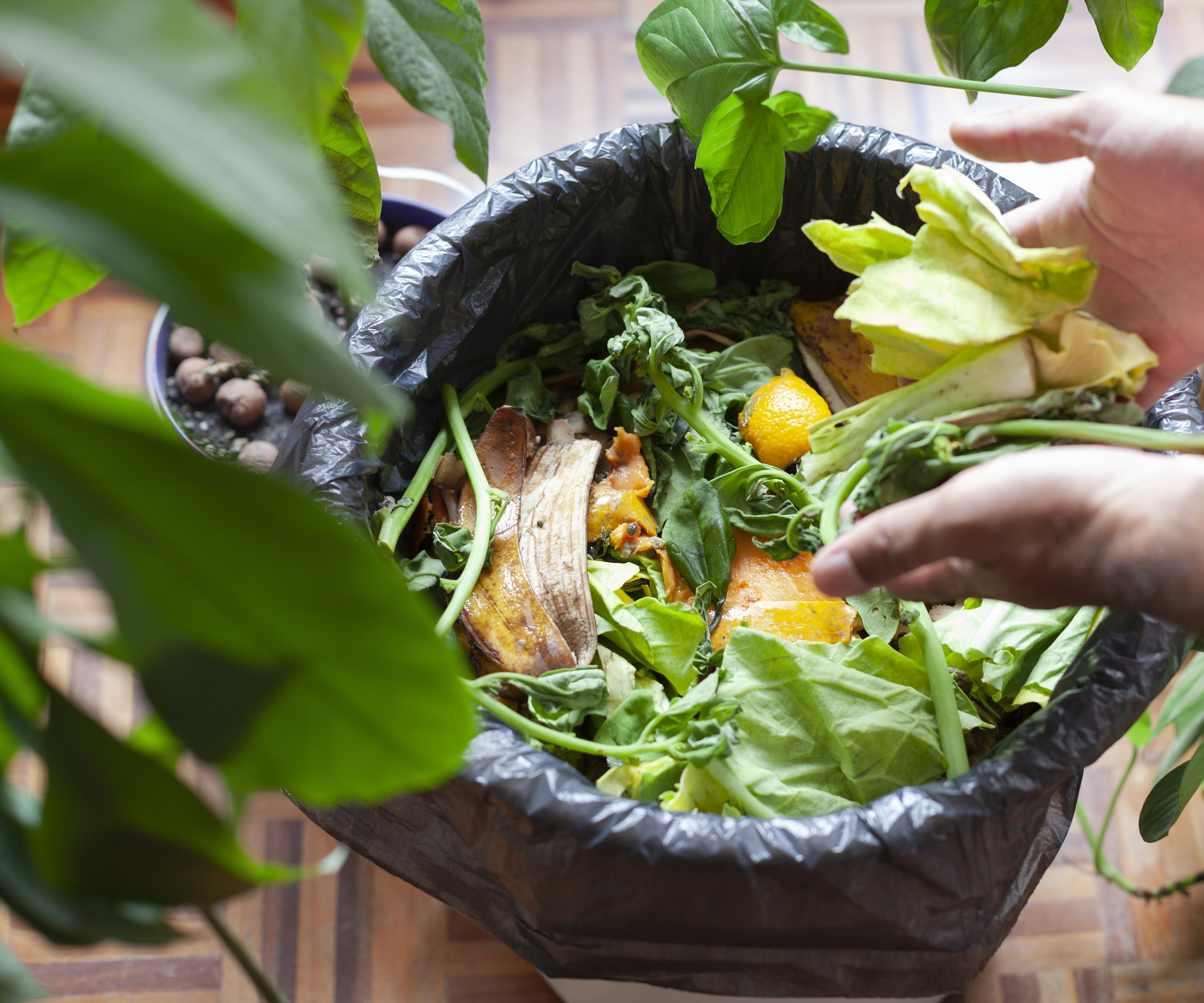
Your ideal compost mix will need to be 25 parts carbon to one part nitrogen. Although this sounds tricky at first, getting the right mix is easier than you might think.
Typical compost ingredients that are rich in carbon include shredded paper, straw, twigs and dry leaves, and these will form the main bulk of your compost.
For the nitrogen elements, things such as grass clippings, fruit and veg scraps, garden waste, coffee grounds and chicken or farm animal manure are all viable options.
How to use a hot compost bin
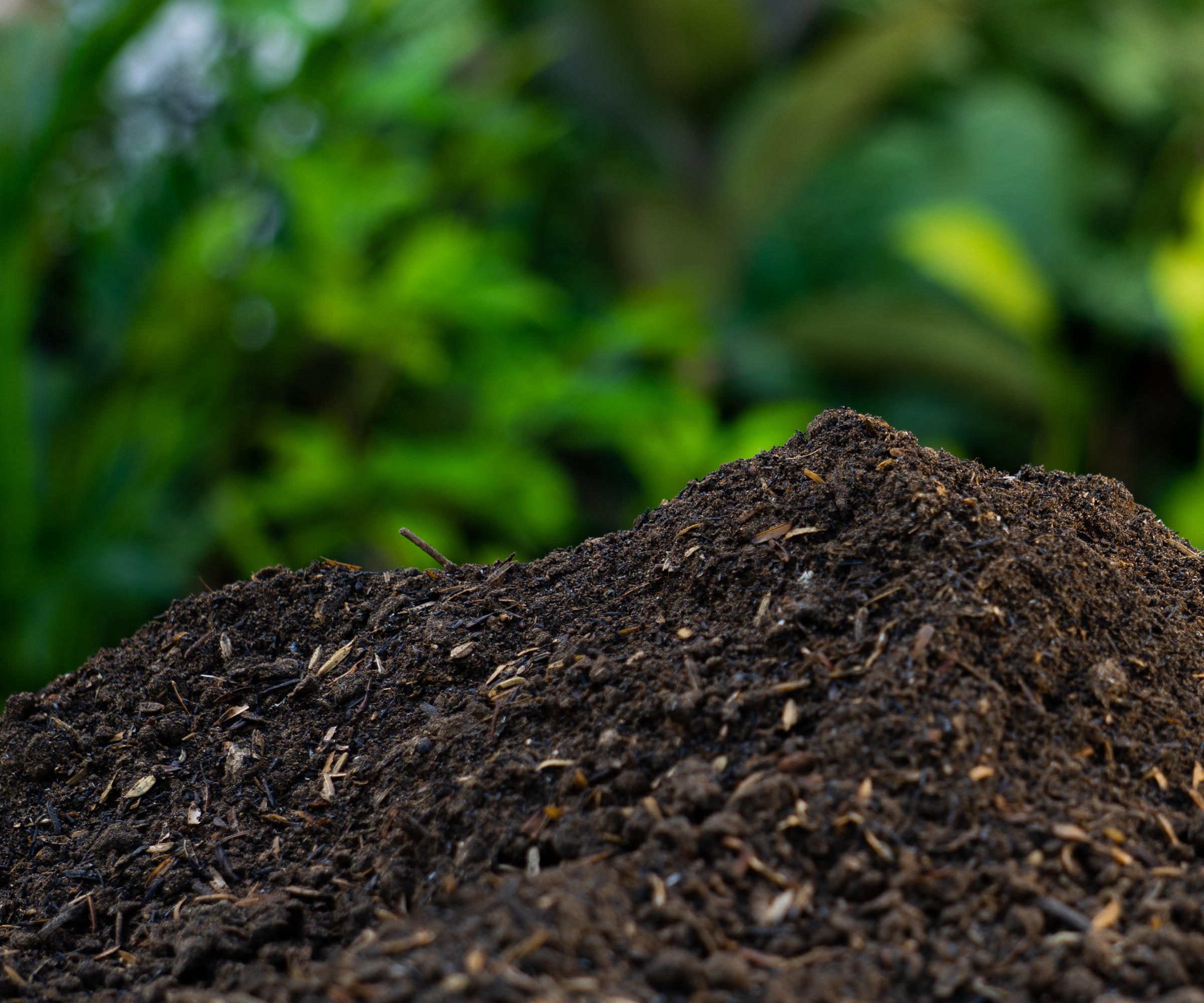
If you like the idea of hot composting, but don’t have the time to spare to make your own heap from scratch, it might be worth investing in a hot composting bin, which helps to simplify the process.
The bin maintains a steady temperature of 104˚F - 140˚F, even in winter. All you need to do is regularly add food or garden waste, and a bulking agent or shredded paper to keep the air flowing inside the bin.
Lauren Click, executive director of Let's Go Compost, advises that maintaining a hot compost pile requires consistent effort.
'This involves frequent turning, monitoring moisture levels, and managing potential odors and pests,' she says. 'While hot composting offers great benefits, it also demands a lot of time commitment compared to worm composting or tumbler composting.'
How to make hot compost – a step-by-step guide
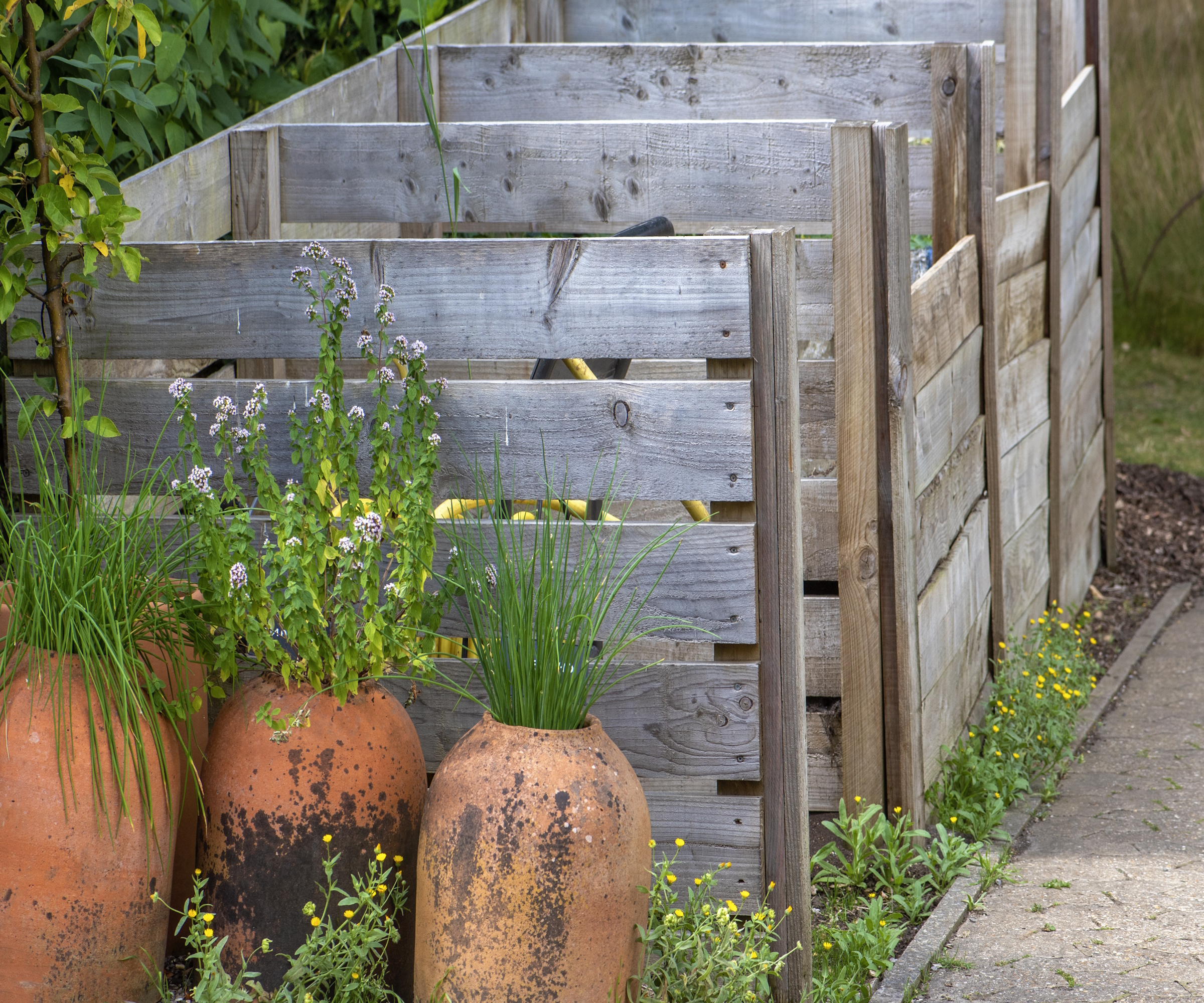
1. Mark out space for a pile that is at least 50x50in. Alternatively, invest in a hot compost bin to make your compost in.
2. Have all your organic matter to hand at the start, and chop up the ingredients. An easy way to do this is to run the lawn mower over them a few times. It's important to chop everything up so that it breaks down as quickly as possible.
3. Add a couple of shovelfuls of ready-made compost that will work as an activator to kick start the process, then mix all the ingredients in a pile or bin.
4. Add water so that all the ingredients are evenly moist.
5. Maintain the compost heap by keeping an eye on the soil temperature and moisture. The pile should heat up within 24 to 36 hours. Around 140˚F is the ideal temperature. You can monitor this with a compost thermometer, such as this one from Amazon. Some of the bins have an integral monitor in the lid to make it easier for you to keep an eye on the temperature.
6. When the pile starts to cool it's time to turn it to aerate the contents. This restarts the microbial activity and gets things cooking again.
7. In terms of moisture, if the compost is looking too dry, give it water. Letting it dry out is a common composting mistake. However, if the pile starts to smell unpleasant, it's probably because it's too wet. Adding shredded newspaper or another high-carbon material will soak up any excess moisture. If rain is due, cover the pile with a tarpaulin to stop it becoming waterlogged.
8. After about two-three weeks of following this routine, you should have dark brown, crumbly compost. It's important to let it rest for a further two weeks before using it.
The HOTBIN Mini composting capacity is half the volume of the regular 52 gallon bin. However, this unit has the same benefits and comes with all the features of the larger model, just on a smaller scale.
FAQs
Is hot composting better than cold composting?
The main benefit of hot composting is the speed at which waste becomes compost. A traditional composting bin can take anything from six months to two years to transform waste into compost. Hot composting can take as little as four weeks to produce compost, though it may produce some odors.
However, although the process of cold composting is slower, its low maintenance method can be appealing to many people as there's little that needs to be done to create your compost. On the other hand, many shop-bought hot composters can take a wider range of home and garden waste than you could use in producing cold compost, including meat and chicken bones, so it's a good way to ensure food and garden waste can always be put to good use.
How long does it take to make hot compost?
If you get it right and follow the formula you'll see great results in as little as four weeks. As long as you monitor the compost and record the temperature everyday, plus turn the compost every four to five days you'll be on the right track. After one month, you should have turned the pile four times. By this point, most of the pile will be a dark, crumbly compost. Now you must let it rest for a couple of weeks before you can start using it.
It's best to place your compost heap or hot compost bin in a spot where it will get the most sun. Shady spots won't benefit from the added heat you'll get from the sun.
If you have the space and are willing to put in a little more effort in the short term, hot composting is an option well worth exploring. You may also want to make your own composter in your yard, for a fully sustainable approach.







